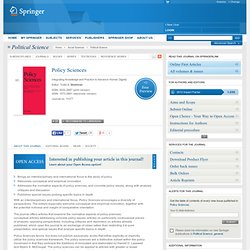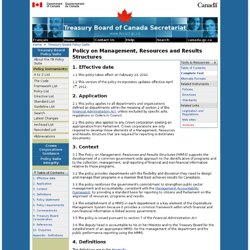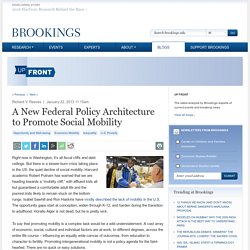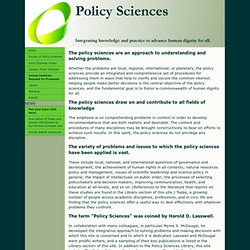

Www.nelsonbrain.com/content/cochran01891_0495501891_02.01_chapter01.pdf. A cost curve to improve road safety. Each year, traffic crashes kill more than 1.2 million people around the world and injure up to 50 million.

In fact, they are the leading cause of death among people 15 to 29 years old and cost the global economy around $518 billion. Many of these casualties are preventable, but governments can have difficulty knowing where to begin. There are tested ways to improve road safety, but a lot of them are not widely known, so it’s challenging to find all available countermeasures, sort through them, and determine which are most relevant for a particular area. With ever-tighter budgets facing national governments and localities—which have primary responsibility for traffic laws, vehicle-safety regulations, and developing and maintaining road infrastructure—they often must make difficult choices. The exhibit shows how cost curves can help governments determine which relevant countermeasures have the highest impact for the money. Exhibit. Public Policy Models.
Policy Sciences – incl. Copyright Information For Authors Submission of a manuscript implies: that the work described has not been published before (except in form of an abstract or as part of a published lecture, review or thesis); that it is not under consideration for publication elsewhere; that its publication has been approved by all co-authors, if any, as well as – tacitly or explicitly – by the responsible authorities at the institution where the work was carried out.

Author warrants (i) that he/she is the sole owner or has been authorized by any additional copyright owner to assign the right, (ii) that the article does not infringe any third party rights and no license from or payments to a third party is required to publish the article and (iii) that the article has not been previously published or licensed. The author signs for and accepts responsibility for releasing this material on behalf of any and all co-authors. Author is requested to use the appropriate DOI for the article. Policy on Management, Resources and Results Structures. 1.

Effective date 1.1 This policy takes effect on February 23, 2010. 1.2 This version of the policy incorporates updates effective April 1 st , 2012. 2. Application 2.1 This policy applies to all departments and organizations defined as departments within the meaning of section 2 of the Financial Administration Act , unless excluded by specific acts, regulations or Orders in Council. A New Federal Policy Architecture to Promote Social Mobility. Right now in Washington, it's all fiscal cliffs and debt ceilings.

But there is a slower-burn crisis taking place in the US: the quiet decline of social mobility. Harvard academic Robert Putnam has warned that we are heading towards a “mobility cliff,” with affluent kids all but guaranteed a comfortable adult life and the poorest kids likely to remain stuck on the bottom rungs. Isabel Sawhill and Ron Haskins have vividly described the lack of mobility in the U.S. The opportunity gaps start at conception, widen through K-12, and harden during the transition to adulthood. Horatio Alger is not dead, but he is pretty sick. Overcoming the tragedy of super wicked problems: constraining our future selves to ameliorate global climate change. Messes and super wicked problems. By Judith Curry Believe it or not, “messes” is a technical term used to describe complex problems.

Social messes are resistant to analysis and to resolution. Here is what Wikipedia has to say: Russell L. Ackoff wrote about complex problems as messes: “Every problem interacts with other problems and is therefore part of a set of interrelated problems, a system of problems…. Extending Ackoff, Robert Horn says that “a Social Mess is a set of interrelated problems and other messes .
According to Horn, the defining characteristics of a social mess are: [20] Contrast this to ‘wicked problems’: “Wicked problem” is a phrase originally used in social planning to describe a problem that is difficult or impossible to solve because of incomplete, contradictory, and changing requirements that are often difficult to recognize. Rittel and Webber’s (1973) formulation of wicked problems specifies ten characteristics, perhaps best considered in the context of social policy planning. OCOPOMO. Research roadmap on Policy-Making 2.0. The_complete_magenta_book_2007_edition2. Public policy theories, models, and concepts: an anthology - Daniel McCool. Www.nickpelling.com/dissertation/chapter4.pdf. Introduction to the Policy Process - Thomas A. Birkland. View Articles. Policy Sciences. The policy sciences are an approach to understanding and solving problems.

Whether the problems are local, regional, international, or planetary, the policy sciences provide an integrated and comprehensive set of procedures for addressing them in ways that help to clarify and secure the common interest. Helping people make better decisions is the central objective of the policy sciences, and the fundamental goal is to foster a commonwealth of human dignity for all. The policy sciences draw on and contribute to all fields of knowledge.
Communities. Tools. Does anyone know a useful tool/framework for analyzing governmental public policy process (esp. decision-making)? Instances. Create your own country. Design.